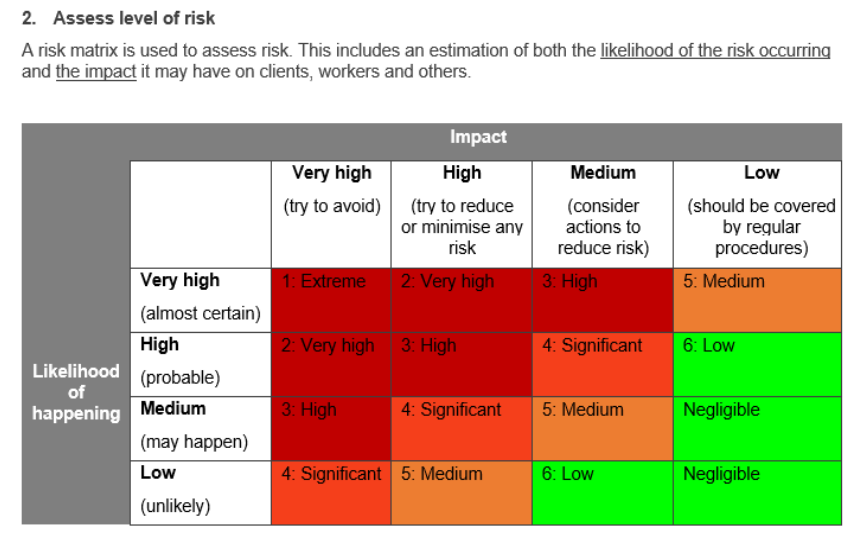The National Principles for Child Safe Organisations 2019 are based on the ten recommendations of the Royal Commission into Institutional Responses to Child Sexual Abuse. Collectively, the National Principles see a child safe organisation as one that:
- adopts strategies and takes action to promote child wellbeing,
- prevents harm to young people, and
- creates a culture of child safeguarding.
We’ve developed a self-assessment tool for the National Principles in our online Standards and Performance Pathways platform (SPP). The self-assessment tool:
- helps organisations to understand and comply with the National Principles, and
- provides a range of child safe policies and templates that can be downloaded and tailored to their specific organisation.
So what are the key elements of child safe procedures?
Involve children in processes

Risk assessment
We’ve developed a Child Safe Risk Management policy, which outlines the principles of risk management in the context of child safety. All people who interact with young children could pose some level of risk to them. But a considered risk assessment should also recognise the importance of not discouraging positive relationships between adults and children.

The Risk Management policy details the roles and responsibilities of stakeholders, and child-specific key considerations such as supervision, physical contact and behavioural management.
Complaints management
The National Principles include a requirement that ‘processes for complaints and concerns are child focused.’ To help organisations develop effective complaints processes, we’ve developed a Child Safe Complaints Management Policy, which details the processes and procedures organisations should follow to implement an effective child-friendly complaints management policy. It also includes the important requirement that workers be trained in identifying signs of trauma in children such as increased tension, irritability reduced eye contact and an inability to relax.
Equity and inclusion
Another key element is ensuring that every child receives fair and equal treatment, regardless of their background. To support organisations achieve this, we’ve developed a Policy on Equity and Inclusion for Children and Young People.


